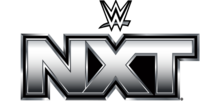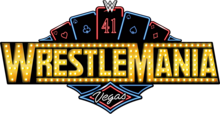
The legacy of WCW Starrcade
There is no event that matches the spectacle, the majesty and the wonder of WWE’s annual Show of Shows, WrestleMania. However, before WWE became what it is today, various wrestling organizations all across the country would hold their biggest matches of the year on Thanksgiving and Christmas night. In 1983, Jim Crockett Promotions and the National Wrestling Alliance decided to transform their Thanksgiving show into Starrcade, a night where the biggest rivalries in their respective territories would be settled once and for all. (PHOTOS: 1990-1995)
Originally broadcast on closed-circuit television by Jim Crockett Promotions and NWA from 1983-1986, Starrcade became the first NWA event to be offered on pay-per-view in 1987. That year also marked the beginning of WWE’s annual Survivor Series, and perhaps in a prelude to The Monday Night Wars to come, Starrcade could not compete with the unique elimination style match-ups of WWE’s November event. Thus, NWA moved Starrcade from November to December, where it would remain until 2000 as part of WCW.
 As an NWA staple, Starrcade featured some of the most memorable contests in history. In the 1980s, the main event often featured WWE Hall of Famer Ric Flair, battling the likes of Dusty Rhodes and Harley Race. However, other epic confrontations included a brutal Dog Collar Match between “Rowdy” Roddy Piper and Greg Valentine in 1983, and Magnum T.A. and Tully Blanchard battling in one of the most grueling “I Quit” Matches ever witnessed.
As an NWA staple, Starrcade featured some of the most memorable contests in history. In the 1980s, the main event often featured WWE Hall of Famer Ric Flair, battling the likes of Dusty Rhodes and Harley Race. However, other epic confrontations included a brutal Dog Collar Match between “Rowdy” Roddy Piper and Greg Valentine in 1983, and Magnum T.A. and Tully Blanchard battling in one of the most grueling “I Quit” Matches ever witnessed.
When Ted Turner purchased Jim Crockett Promotions and WCW became its own entity in 1991, Starrcade quickly became the Atlanta-based organization’s marquee event. The first two spectaculars under the WCW banner featured a BattleBowl Battle Royal as the main event. This particular contest would give WCW’s top competitors, who won matches earlier in the evening, the opportunity to prove that they were the elite who stood apart from the pack. In 1991, Sting was crowned the winner of the inaugural contest. A year later, The Great Muta outlasted all other competitors to win the bout.
The arrival of Hulk Hogan in 1994 raised the stakes for WCW and Starrcade, making it the end of year’s must-see pay-per-view event. 1995 and 1996 saw two very competitive main events where the stakes were also very personal, settling rivalries that had existed for many years. In 1995, Ric Flair challenged “Macho Man” Randy Savage for the WCW Championship – putting an exclamation point on a rivalry had intensified since 1992, when Savage defeated Flair for the WWE Title at WrestleMania VIII.
Another very personal rivalry that came to a head in 1996 was between “Rowdy” Roddy Piper and Hulk Hogan. With The New World Order getting stronger and Hogan asserting his position in WCW and sports-entertainment history, Piper claimed that he was the bigger icon and wanted to settle the score with Hogan. Piper won the match, but the rivalry was far from over; seven years later, Hot Rod again interfered in Hogan’s affairs, this time during his match against Mr. McMahon at WrestleMania XIX.
The true spirit of Starrcade would live on in 1997 with one of WCW’s biggest rivalries ever culminating at the event. As Hulk Hogan and The nWo dominated WCW, the organization’s face-painted franchise, Sting, transformed himself and waited for the perfect opportunity to strike. Once a charismatic figure with bleach blond hair sporting neon colors, Sting began wearing black and white, and silently observed everything from the rafters of arenas all over the country. He would descend to the ring every so often to fight off The nWo, but he would not compete for nearly a year. Challenging only Hogan, viewers would tune into WCW Monday Nitro to see how the two would taunt each other next, or when Sting would drop down from the rafters.
After nearly a year of building up to the event, Starrcade 1997 became WCW’s most successful pay-per-view ever. Featuring Eddie Guerrero vs. Dean Malenko, Diamond Dallas Page vs. Curt Hennig and the emergence of Goldberg as a truly dominant competitor, the main event certainly had to live up to the hype. In the final contest of the evening, Sting defeated Hogan for the WCW Title, and Bret “Hit Man” Hart made his WCW debut a month following the infamous “Montreal Screwjob” in WWE.
With the success of Starrcade 1997, WCW created a second weekly television program, WCW Thunder. The organization also added a third hour to Monday Nitro and reigned supreme in television ratings for much of 1998. However, the rise of WWE Superstars like The Rock and “Stone Cold” Steve Austin began to captivate audiences around the world. Even as WCW saw Goldberg become an undefeated champion, viewers found themselves unable to change the channel whenever The Rock or Austin appeared on Monday Night Raw.
WWE began dominating in the television ratings war and with Starrcade rapidly approaching, WCW was unable to capture the same momentum they had a year prior. Starrcade 1998’s main event featured undefeated WCW Champion Goldberg against Kevin Nash in a No Disqualification Match. In what many cite as the moment WCW’s ultimate demise began, Goldberg’s streak and title reign ended when Scott Hall struck him with a taser and allowed Nash to secure the victory. The questionable ending to the match created disappointment among fans and tarnished the legacy of Starrcade as a whole.
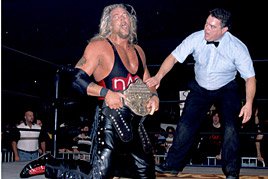 As WCW’s ratings declined and failed attempts to re-form The nWo did not capture viewer interest, the organization tried to put together a Starrcade more in line with the history of the event in 1999. Matches between Jeff Jarrett and Dustin Rhodes as well as Sting vs. Lex Luger were deeply rooted in personal animosity, and the main event featured a highly anticipated battle between Bret Hart and Goldberg for the WCW Title. However, Starrcade’s reputation was tarnished once more during the main event. During the contest, Hart suffered a concussion that would ultimately end his career.
As WCW’s ratings declined and failed attempts to re-form The nWo did not capture viewer interest, the organization tried to put together a Starrcade more in line with the history of the event in 1999. Matches between Jeff Jarrett and Dustin Rhodes as well as Sting vs. Lex Luger were deeply rooted in personal animosity, and the main event featured a highly anticipated battle between Bret Hart and Goldberg for the WCW Title. However, Starrcade’s reputation was tarnished once more during the main event. During the contest, Hart suffered a concussion that would ultimately end his career.
The final Starrcade took place in 2000 following a tumultuous year for WCW. Many of the Atlanta-based organization’s top competitors were either gone or now competing in WWE, and fan interest was at an all-time low. Only three months after the event in March 2001, WWE purchased WCW.
To the NWA and WCW, Starrcade was the equivalent of WrestleMania. Even though it never captured the same excitement as The Show of Shows, the legacy and spirit of the event lasted for nearly two decades before it ultimately collapsed with WCW.
What were your favorite memories of Starrcade? Let us know on Facebook and Twitter!
Originally broadcast on closed-circuit television by Jim Crockett Promotions and NWA from 1983-1986, Starrcade became the first NWA event to be offered on pay-per-view in 1987. That year also marked the beginning of WWE’s annual Survivor Series, and perhaps in a prelude to The Monday Night Wars to come, Starrcade could not compete with the unique elimination style match-ups of WWE’s November event. Thus, NWA moved Starrcade from November to December, where it would remain until 2000 as part of WCW.
As an NWA staple, Starrcade featured some of the most memorable contests in history. In the 1980s, the main event often featured WWE Hall of Famer Ric Flair, battling the likes of Dusty Rhodes and Harley Race. However, other epic confrontations included a brutal Dog Collar Match between “Rowdy” Roddy Piper and Greg Valentine in 1983, and Magnum T.A. and Tully Blanchard battling in one of the most grueling “I Quit” Matches ever witnessed.
The arrival of Hulk Hogan in 1994 raised the stakes for WCW and Starrcade, making it the end of year’s must-see pay-per-view event. 1995 and 1996 saw two very competitive main events where the stakes were also very personal, settling rivalries that had existed for many years. In 1995, Ric Flair challenged “Macho Man” Randy Savage for the WCW Championship – putting an exclamation point on a rivalry had intensified since 1992, when Savage defeated Flair for the WWE Title at WrestleMania VIII.
Another very personal rivalry that came to a head in 1996 was between “Rowdy” Roddy Piper and Hulk Hogan. With The New World Order getting stronger and Hogan asserting his position in WCW and sports-entertainment history, Piper claimed that he was the bigger icon and wanted to settle the score with Hogan. Piper won the match, but the rivalry was far from over; seven years later, Hot Rod again interfered in Hogan’s affairs, this time during his match against Mr. McMahon at WrestleMania XIX.
The true spirit of Starrcade would live on in 1997 with one of WCW’s biggest rivalries ever culminating at the event. As Hulk Hogan and The nWo dominated WCW, the organization’s face-painted franchise, Sting, transformed himself and waited for the perfect opportunity to strike. Once a charismatic figure with bleach blond hair sporting neon colors, Sting began wearing black and white, and silently observed everything from the rafters of arenas all over the country. He would descend to the ring every so often to fight off The nWo, but he would not compete for nearly a year. Challenging only Hogan, viewers would tune into WCW Monday Nitro to see how the two would taunt each other next, or when Sting would drop down from the rafters.
With the success of Starrcade 1997, WCW created a second weekly television program, WCW Thunder. The organization also added a third hour to Monday Nitro and reigned supreme in television ratings for much of 1998. However, the rise of WWE Superstars like The Rock and “Stone Cold” Steve Austin began to captivate audiences around the world. Even as WCW saw Goldberg become an undefeated champion, viewers found themselves unable to change the channel whenever The Rock or Austin appeared on Monday Night Raw.
WWE began dominating in the television ratings war and with Starrcade rapidly approaching, WCW was unable to capture the same momentum they had a year prior. Starrcade 1998’s main event featured undefeated WCW Champion Goldberg against Kevin Nash in a No Disqualification Match. In what many cite as the moment WCW’s ultimate demise began, Goldberg’s streak and title reign ended when Scott Hall struck him with a taser and allowed Nash to secure the victory. The questionable ending to the match created disappointment among fans and tarnished the legacy of Starrcade as a whole.
The final Starrcade took place in 2000 following a tumultuous year for WCW. Many of the Atlanta-based organization’s top competitors were either gone or now competing in WWE, and fan interest was at an all-time low. Though the event featured Goldberg facing Lex Luger, a Hardcore Championship Match between Terry Funk and Crowbar remains one of that evening's more memorable highlights. Only three months after the event in March 2001, WWE purchased WCW.
To the NWA and WCW, Starrcade was the equivalent of WrestleMania. Even though it never captured the same excitement as The Show of Shows, the legacy and spirit of the event lasted for nearly two decades before it ultimately collapsed with WCW.
WWE Shows Latest Results
SmackDown results, Jan. 10, 2025: Cody Rhodes and Kevin Owens brawl and crash through a table
Full Results

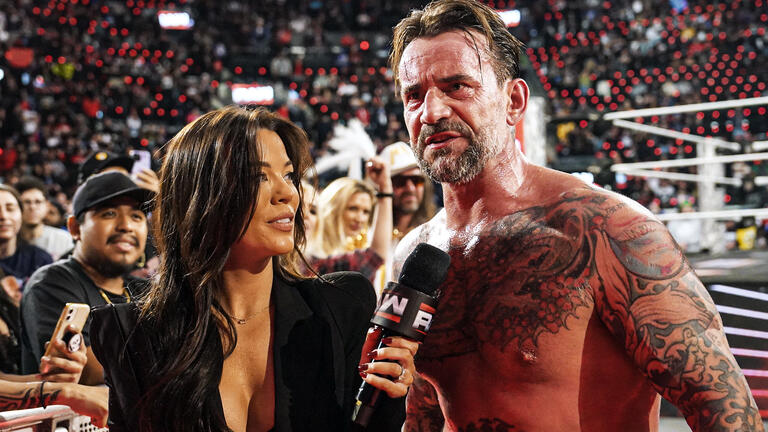
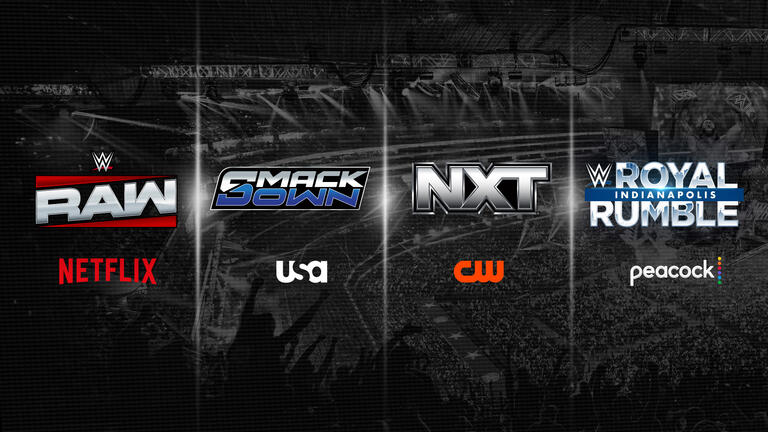
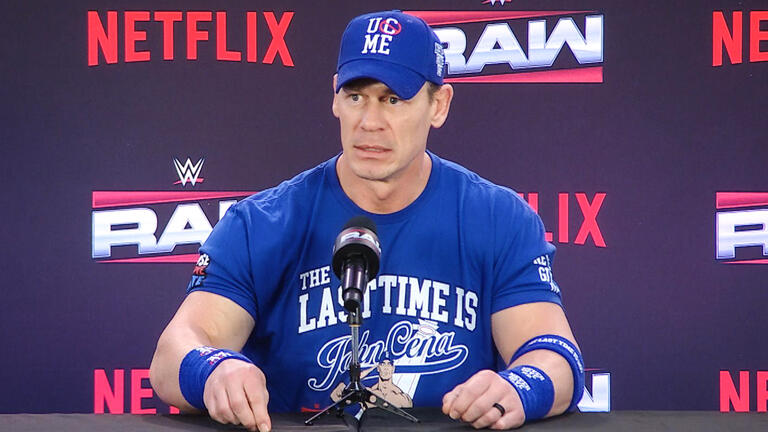
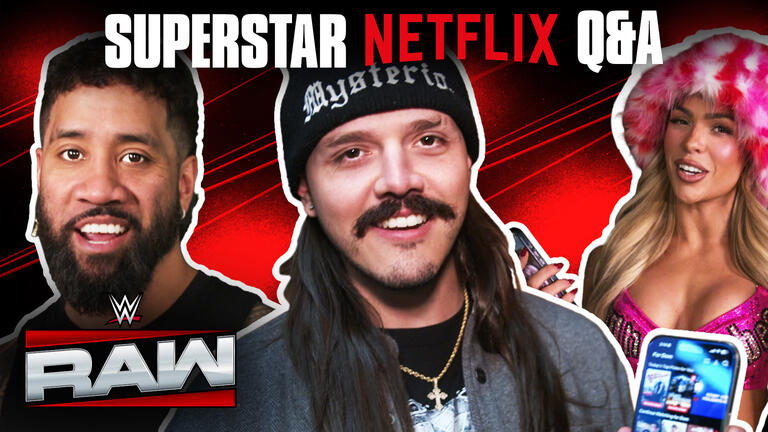

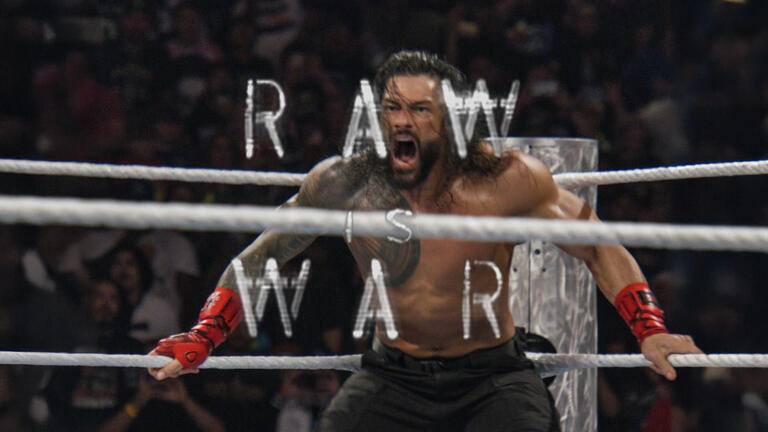

--de3612b9543981440a24489e0e568d9b.png)
--ea91225f9a74db35263e80236ff1735b.jpg)


